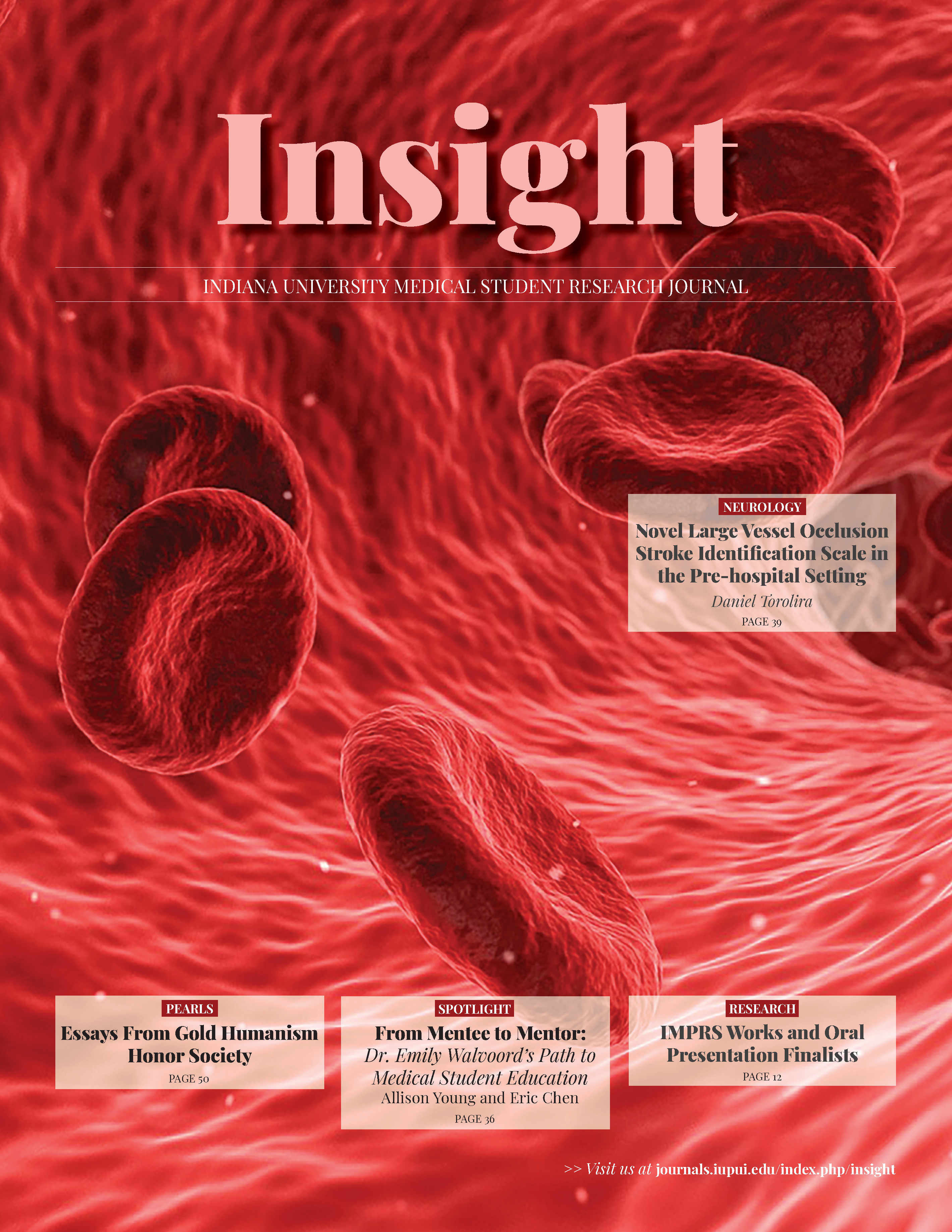Natural Killer Cell Transfusion for Glioblastoma Tumor Volume Analysis via MR/PET Imaging Coregistration with Histology
Abstract
Hypothesis: Immunotherapies hold great promise for the treatment of highly resistant cancers, such as glioblastoma (GBM). We hypothesized that high powered imaging modalities can be effectively combined to quantitatively assess the therapeutic efficacy of human derived natural killer (hNK) cells in an orthoptic xenografted mouse model of GBM.
Methods: Cells derived from recurrent human GBM were implanted intracranially into 10 mice. Mice in the treatment (n=5) and control (n=4) groups were given IV hNK cells and physiological saline, respectively. MRI and PET scans were performed 4 and 6 weeks after implantation. Ex vivo validation with histology was performed at week 6. Software analysis was conducted via Qimage (courtesy of Dr. Hutchins) and Indica Labs - HALO.
Results: Mean growth rates are as follows: T1 volume (μL) – 4.1 (control) vs 2.3 (hNK treated) (p < 0.01). T2 volume (μL) – 6.0 (control) vs 2.7 (hNK treated). PET volume (μL) – 3.1 (control) vs 2.1 (hNK treated), SUV – 5.4 (control) vs 3.0 (hNK treated).
Conclusion: Tumor volume and SUV were reduced in hNK treated mice compared to control, with a correlated lower histology TBR, suggesting MR/PET imaging is effective for in vivo assessment of therapeutic efficacy in the mouse model. Phase II of this model will include genetically engineered NK cells with greater tumor localization ability and killing capacity. Clinical trials of NK cell immunotherapy with MR/PET imaging may one day offer remission to patients suffering from an, as yet, incurable cancer.
Downloads
Published
Issue
Section
License
Copyright to works published in Insight is retained by the author(s).

